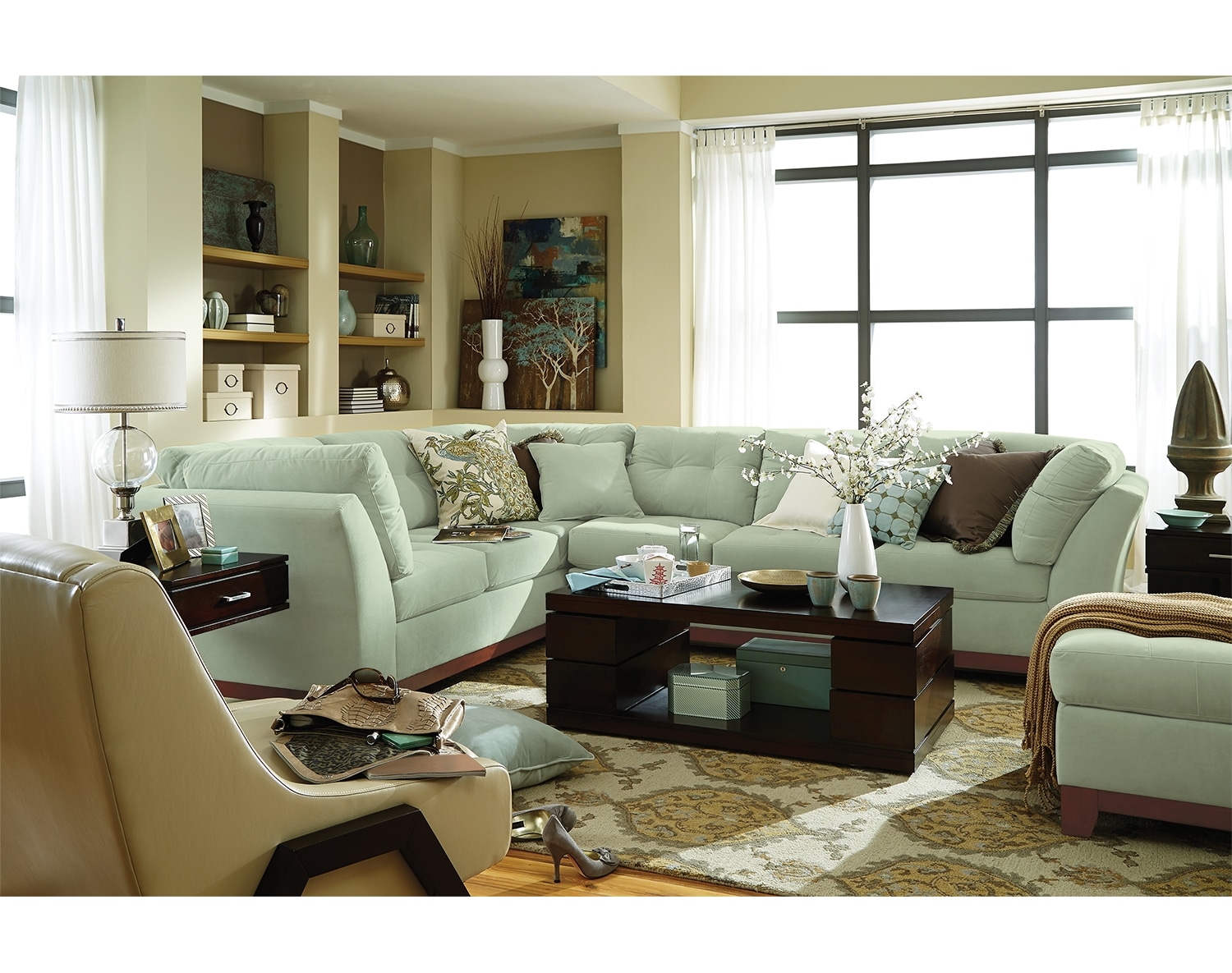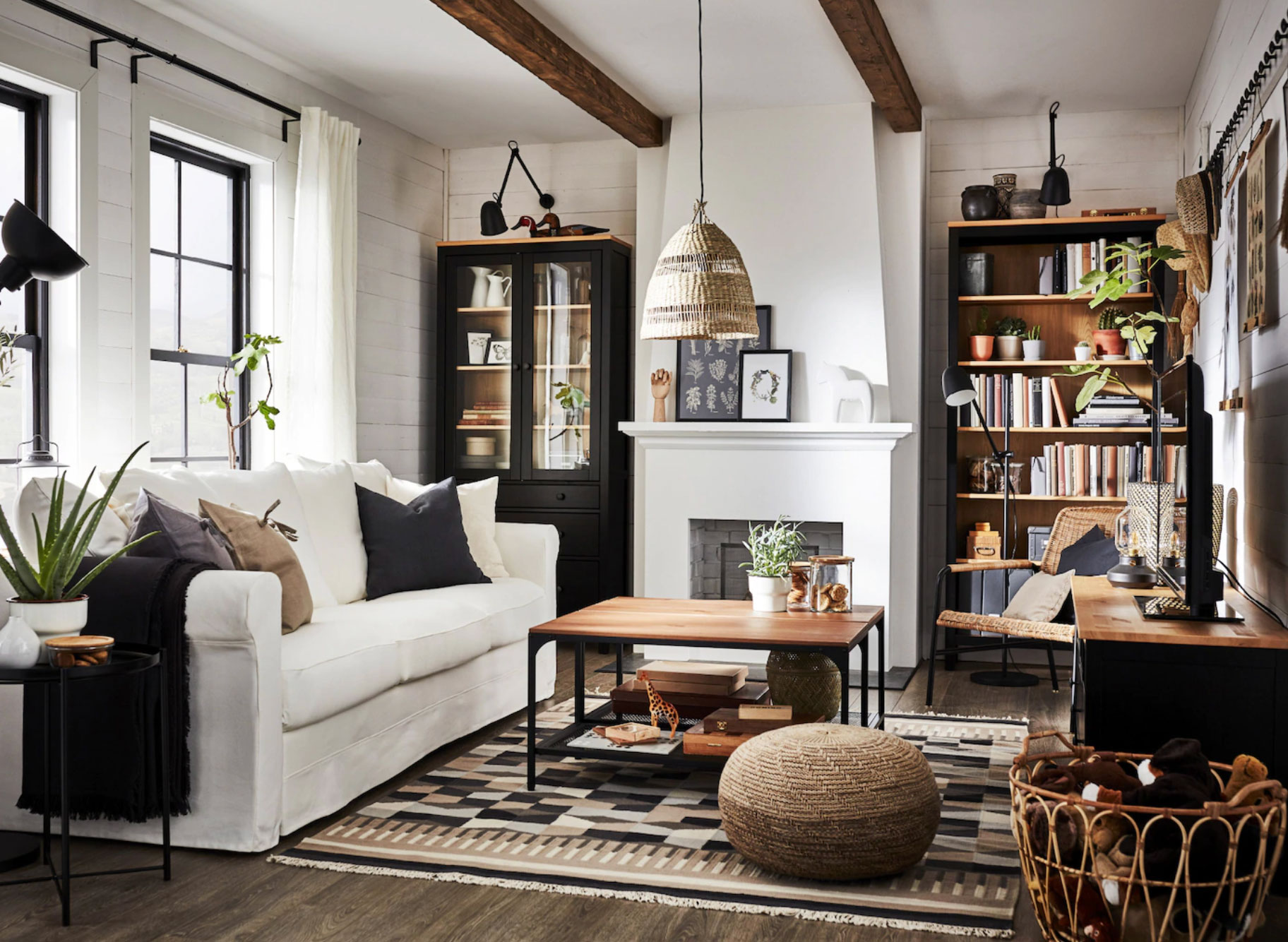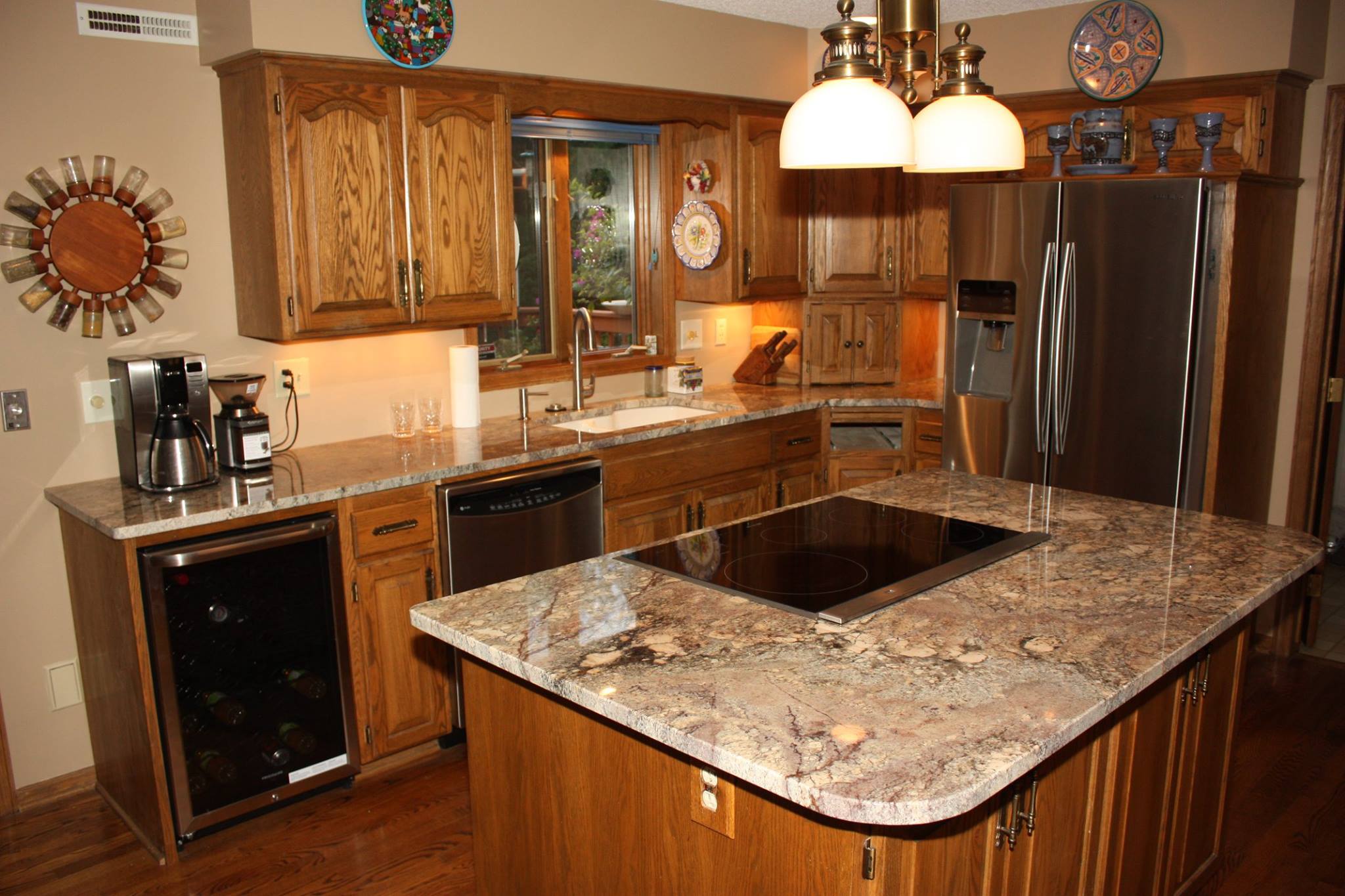Traditional Ottoman house designs date back centuries, to the days of the mighty Ottoman Empire. These houses feature a wide range of luxurious materials, colors, and shapes that reflect the power of the Ottoman Empire. Common features include elaborate textiles, brickwork, stone-paved courtyards, grand columns, and intricate wood inlay. Windows often feature stained-glass designs to allow more light within the house. These designs have long been admired for their eye-catching beauty and uniqueness. Although traditional Ottoman houses are impressive in themselves, it is important to be aware that these architectural styles have evolved over time. Today, modern-day Ottoman houses often combine traditional techniques with a modern flair, such as incorporating sleek and contemporary lines. For those looking to recreate this historic style in their own home, there are a few key considerations.Traditional Ottoman House Designs
When decorating a Turkish-style home, look for elements that represent the Ottoman Empire. There are many ways to add traditional Ottoman style to any room, such as handmade carpets, intricate wall hangings, and elegant Turkish-style lamps. To bring more of the culture into your home, try adding cushions or ottomans with bright colors and patterns. Other classic themes include mirrors and wall hangings with gold ornaments or calligraphy. For an extra touch of Ottoman flair, consider adding carpets with geometric patterns in vivid shades, such as bold reds, blues, and yellows. They offer a great way to add a sense of sophistication while still bringing a piece of Turkish culture into your decor. Finally, consider adding an array of Turkish pottery and art pieces to complete the design.Decorating a Turkish Ottoman-Style Home
Modern Ottoman house designs combine the best of both traditional and modern techniques. Architects often look to incorporate eras like the Ottoman Empire into their work to create a truly unique and unforgettable style. The modern Ottoman style often makes use of bold and geometric shapes and lines, while also incorporating traditional elements like woodwork and textiles. Windows are often decorated with stained glass to let in more natural light. When creating a modern Ottoman house, look for pieces that show off the interesting and distinctive features of the ancient Ottoman Empire. Incorporate traditional carpets and wall hangings, and add geometric lines to any walls or ceilings. Look for bold and bright colors and patterns, and invest in quality furniture pieces. Finally, don’t forget to pay attention to the details: look for modern Turkish art pieces and pottery that will complete the look.Modern Ottoman House Designs
When creating an Ottoman house plan, start with the basics: think about the size and layout of the space and decide which rooms you want to design. Consider incorporating features like columns, arches, and other elements that reflect Ottoman architecture. Keep in mind that you want the house to be as comfortable as possible while still retaining its traditional beauty. Consider adding features like courtyards and outdoor space that reflect the traditional Ottoman lifestyle. Think about the elements you want to incorporate into the design, such as stained glass windows, intricately-patterned carpets, and wall hangings. Pay special attention to creating a spacious kitchen and dining area. Finally, keep in mind that your house should be a place to relax: make sure the bedroom, bathroom, and living area reflect the Ottoman Empire's commitment to comfort and luxury.How to Create an Ottoman House Plan
When creating a contemporary Ottoman house interior design, think about merging the best of modern techniques with classic Ottoman elements. Incorporate features like windows that let in plenty of natural light, gardens and courtyards to provide outdoor entertainment space, and bold geometric patterns on the floors and walls. Consider incorporating textiles and carpets into the design for a feeling of luxury and comfort. Think about adding modern furniture pieces to balance the classic design. Look for furniture that has a sleek, modern design but still honors Ottoman traditions, such as ottomans and chairs with bold colors and patterns. For an extra touch of sophistication, look for furniture pieces with gold accents or geometric patterns. Finally, don’t forget to add accents like Turkish art and pottery to complete the design.Creating a Contemporary Ottoman House Interior Design
Turkish Ottoman house furniture styles are a great way to bring a sense of luxury and elegance to any home. Pieces like ottomans, poufs, and chairs are all classic staples of the Ottoman period. Look for pieces with bold colors and intricate details, such as bold reds and blues, gold accents, and ornate patterns. For an extra touch of sophistication, look for pieces with a modern twist. Consider furniture with sleek and contemporary lines that still reflect the traditional Ottoman style. Look for pieces that have gold accents or geometric shapes to bring a contemporary feel to the design. Finally, don’t forget to add Turkish art and pottery to complete the look. Turkish Ottoman House Furniture Styles
When it comes to interior design of a Turkish Ottoman-style house, there are a few key tips to keep in mind. Firstly, focus on creating an environment that is both luxurious and comfortable. Look for carpets and wall hangings that reflect the Ottoman Empire, and add geometric lines to any walls or ceilings. Incorporate Turkish pottery and art to bring a sense of culture and history into the design. Next, focus on adding bold colors and patterns throughout the house. Look for furniture pieces with gold accents or geometric shapes. These will help bring a modern touch to the traditional design. Finally, don’t forget to bring the outdoors inside: incorporate gardens and courtyards into the design to create an outdoor living space.Tips for Interior Design of a Turkish Ottoman-Style House
Turkish Ottoman houses often feature a variety of luxurious materials, colors, and shapes that reflect the power of the Ottoman Empire. Common features include elaborately textured carpets, intricate brickwork, stone-paved courtyards, grand columns, and intricate wood inlay. Windows are often decorated with stained-glass designs to let in more natural light. Strikingly bold colors and patterns are also very common in Ottoman houses. Look for furniture pieces with gold accents or geometric shapes. These will help bring a more modern touch to the traditional design. Furthermore, be sure to incorporate Turkish pottery and art pieces to round out the design. Finally, don’t forget to add outdoor elements such as gardens and courtyards to create an oasis-like living space. Features of a Turkish Ottoman House
For those looking to bring the Ottoman Empire into their own garden, there are a few considerations to keep in mind. Firstly, look for elements that reflect the traditional style, such as intricate stonework and ornate light fixtures. Consider incorporating a variety of flowers, trees, and other plants that are both colorful and provide some privacy for the house. Finally, pay special attention to creating an outdoor living space, like a courtyard or terrace, to enjoy on hot summer days. Keep in mind that you can also incorporate modern elements into the design. Look for modern outdoor light fixtures with ornate details and furniture pieces with bold and geometric lines. Furthermore, don’t forget to incorporate textures, such as carpets and wall hangings, into the design. This will help bring a sense of culture and sophistication to the garden. Designing Gardens in an Ottoman Turkish Style House
When designing a bathroom for an Ottoman house, it is important to consider elements like textiles, woodwork, and color. Look for carpets that reflect the classic Ottoman style, and textiles with bold and intricate patterns that bring a sense of luxury to the space. Consider adding a Turkish-style bathtub or shower to the design for a truly unique touch. To create a more modern feel, look for furniture pieces with sleek and contemporary lines. Look for pieces that still have gold accents or intricate patterns to keep the design unified. Glass and mirrors can also be used to great effect in the design. Incorporate Turkish pottery and art pieces throughout the room to complete the design.Bathroom Design for an Ottoman Home
When it comes to traditional Ottoman living room design, look for elements that incorporate the Ottoman Empire's style and flair. Think about incorporating elements like intricate brickwork, stone-paved courtyards, and grand columns. Furniture should be chosen to provide comfort while still reflecting the style of the Ottoman Empire. Look for pieces with bold and intricate patterns, and pay special attention to details such as gold accents or geometric shapes. Carpets and wall hangings with bold and vibrant colors and patterns should also be included in the design to evoke a sense of luxury. Consider adding contemporary and modern pieces, such as contemporary Turkish lamps or unique Ottoman coffee tables, to bring a more modern twist to the traditional look. Finally, don’t forget to add Turkish pottery and art pieces to complete the design. Traditional Ottoman Living Room Design Ideas
The History of Turkish Ottoman-Style House

The intricate designs of Turkish Ottoman-style houses are based on centuries of tradition and architectural mastery, stretching all the way back to the days of the Ottoman Empire. Built to house wealthy citizens, the intricate designs found in these type of homes often included domes, multiple arches, grand columns, and a variety of intricate motifs. Interestingly, many of these aspects of Turkish Ottoman-style houses are still seen and put into use today.
One of the most memorable aspects of a Turkish Ottoman-style house are its architectural details. Ornate stone carvings, traditional tile work, and numerous arches that create entryways into various rooms are a few of the characteristics that help set this style of architecture apart. Depending on where the house is located, many homeowners will implement traditional motifs such as intertwining patterns of trees and birds. Domed roofs, often lined with painted tiles, are also commonly found in Turkish Ottoman-style homes.
Stone Carvings

Stone carvings add a touch of grandeur to Turkish Ottoman-style houses and can be seen used to ornament almost all of their walls and floors. They often feature scenes from nature or calming Islamic sayings, making them the perfect addition to a tranquil home. Many homeowners will choose to use a combination of different stones to create a unique look that can often cost thousands of dollars to attain.
Tile Work

Intricate tile work forms an integral part of Turkish Ottoman-style houses. Used to adorn many aspects of the interior design, these tiles can come in a variety of colors and styles, depending on the homeowner's preferences. Geometric shapes and mosaic designs are especially common and are usually used to create eye-catching wall designs that exude a sense of grandeur.































































































